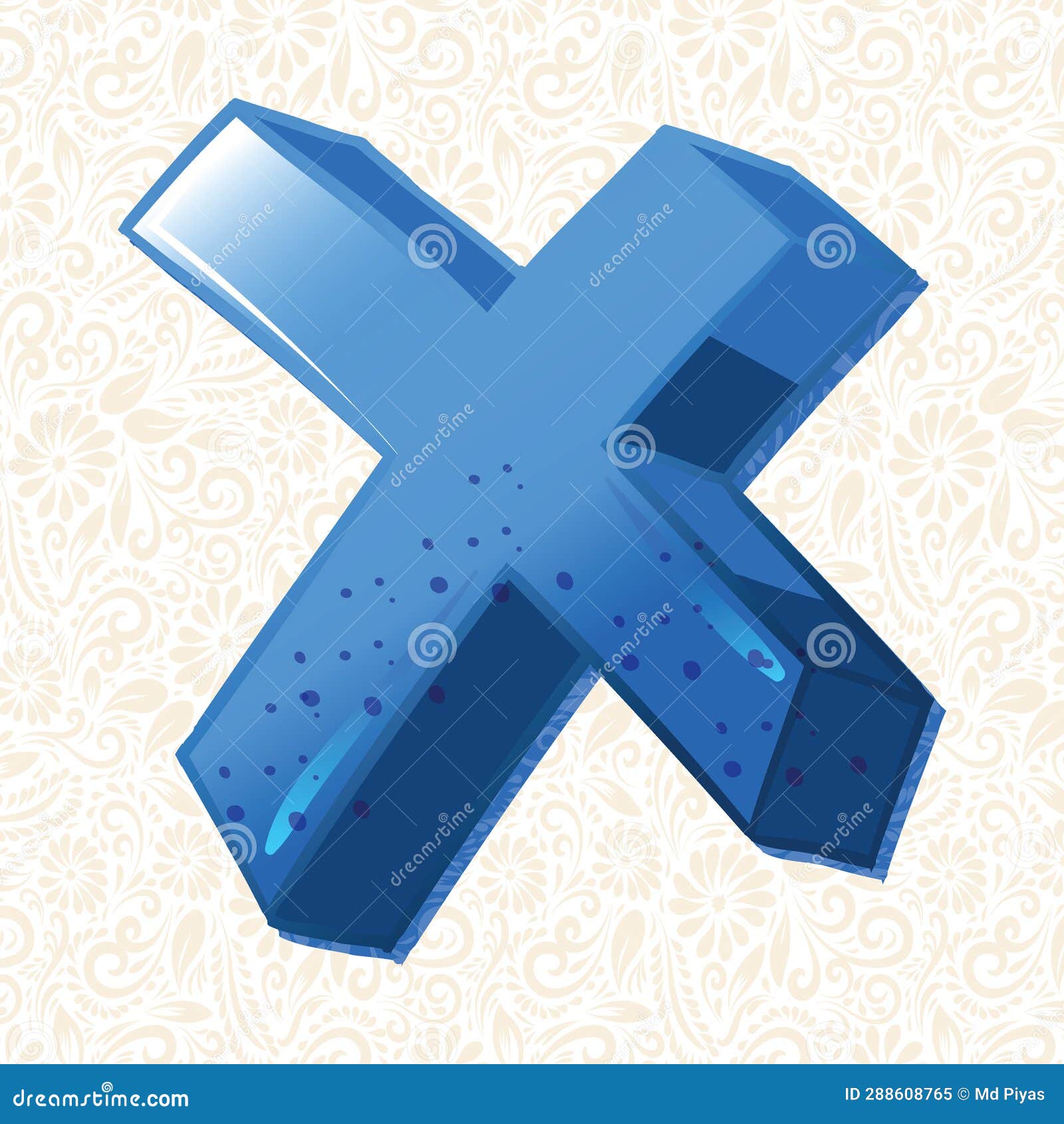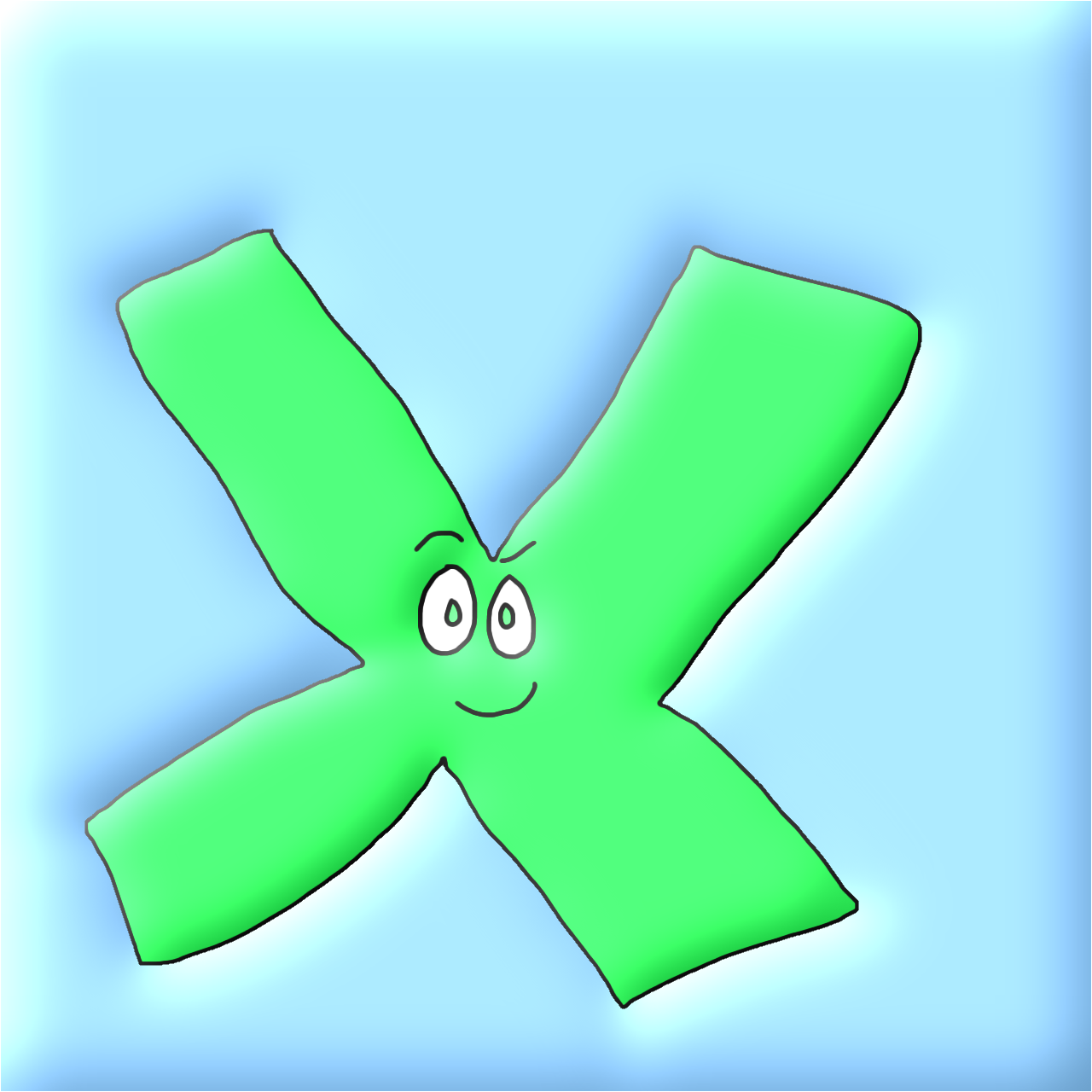Revolutionizing Design: Unlocking Efficiency With NX Software
In today's fast-paced industrial landscape, the pursuit of efficiency and innovation is paramount. Businesses are constantly seeking cutting-edge tools to streamline their operations, from initial concept to final product. One such transformative solution, often referred to simply as NX, stands at the forefront of this revolution, promising to reshape how products are designed, engineered, and manufactured.
This comprehensive software suite is more than just a design tool; it's an integrated platform that addresses critical challenges in product development, mechanical design, and manufacturing processes. By delving into the capabilities of NX, we uncover how it empowers organizations to achieve unprecedented levels of productivity, quality, and collaborative synergy, making it an indispensable asset for modern engineering and manufacturing.
Table of Contents
- The Core Power of NX: A Unified Platform for Innovation
- Boosting Product Design Efficiency with NX
- Enhancing Collaboration Across Teams
- Reducing Design Process Waste and Rework
- Elevating Design Quality and Overall Productivity
- The Latest Advancements in NX: New Tiers and Features
- Why Invest in NX? A Strategic Business Imperative
- Implementing NX: Best Practices for Success
The Core Power of NX: A Unified Platform for Innovation
At its heart, NX is a powerhouse of integrated software capabilities, encompassing Computer-Aided Design (CAD), Computer-Aided Manufacturing (CAM), and Computer-Aided Engineering (CAE). Unlike disparate tools that often lead to data translation errors and workflow disruptions, NX offers a singular, unified environment where design, simulation, and manufacturing can coexist and interact seamlessly. This integration is crucial for modern product development, as it ensures consistency and accuracy from the initial sketch to the final product. Imagine a world where your design engineers, analysts, and manufacturing technicians can all work on the same data, in the same environment, without constant conversions or compatibility issues. That’s the promise of NX.
The role of NX in the product lifecycle is expansive and critical. It begins at the conceptualization phase, allowing engineers to quickly sketch ideas and transform them into detailed 3D models. As the design evolves, NX’s robust simulation tools enable early performance validation, identifying potential issues long before physical prototypes are made. Finally, its advanced CAM capabilities facilitate the creation of precise manufacturing instructions, ensuring that the digital design translates flawlessly into a physical product. This end-to-end capability not only streamlines the entire process but also fosters a more iterative and agile development cycle, empowering teams to innovate faster and more effectively.
Boosting Product Design Efficiency with NX
One of the most compelling advantages of NX is its ability to significantly boost product design efficiency. In an era where time-to-market is a critical competitive differentiator, reducing design cycles without compromising quality is paramount. NX achieves this through a combination of powerful modeling tools and intelligent automation. Engineers can rapidly create and modify complex geometries, experiment with different design iterations, and visualize their concepts in real-time. This agility in the design phase means that more ideas can be explored, refined, and validated in less time, leading to superior product outcomes.
The advanced modeling capabilities within NX are truly exceptional. From solid and surface modeling to convergent modeling (which integrates facet, solid, and surface modeling), NX provides the flexibility to tackle any design challenge. This versatility is particularly beneficial when working with diverse data types, such as scanned mesh data combined with traditional CAD models. The software’s intuitive interface and comprehensive feature set allow designers to focus on creativity rather than wrestling with software limitations, thereby accelerating the entire design process. Furthermore, features like design templates and reusable components mean that common elements don't need to be recreated from scratch, further enhancing efficiency.
Accelerating Mechanical Design Processes
For mechanical design, NX offers specific tools that dramatically accelerate processes. Its parametric modeling capabilities allow engineers to define design intent through relationships and parameters, meaning that changes to one dimension or feature automatically update related elements. This makes design modifications quick and error-free, a significant improvement over manual adjustments. Complementing this is synchronous technology, a unique feature of NX that combines the speed and flexibility of direct modeling with the control of parametric design. This allows engineers to make rapid, intuitive edits to models, regardless of how or where they were created, without needing to understand the original design history. This flexibility is invaluable for working with imported data or making late-stage design changes.
Beyond modeling, NX also facilitates the automation of repetitive tasks. Features like knowledge-based engineering (KBE) and design automation tools allow companies to capture and reuse engineering knowledge, automating the creation of design variations based on predefined rules and parameters. This not only saves immense amounts of time but also ensures consistency and reduces the potential for human error. For example, if a company designs many variations of a similar product, NX can automate the generation of these variations, freeing engineers to focus on more complex, innovative challenges. This directly contributes to the goal of accelerating mechanical design processes and boosting overall productivity.
Enhancing Collaboration Across Teams
Effective collaboration is the cornerstone of successful product development, especially in complex engineering projects involving multidisciplinary teams. NX significantly improves collaboration by providing an integrated data management environment. Instead of relying on fragmented files and email attachments, all design data, simulations, and manufacturing information reside within a centralized system. This ensures that everyone is working from the latest version of the truth, eliminating confusion and reducing the risk of costly mistakes due to outdated information. This level of data integrity is vital for maintaining project momentum and ensuring that all stakeholders are aligned.
The ability for real-time sharing and feedback within NX further amplifies its collaborative power. Team members, regardless of their geographical location, can view and interact with 3D part models and manufacturing data directly. This means that design reviews can be conducted more efficiently, with stakeholders providing immediate feedback directly on the model. This interactive approach fosters a more dynamic and responsive design process, allowing issues to be identified and resolved much earlier in the development cycle. Furthermore, the system can track changes and comments, providing a clear audit trail for accountability and continuous improvement.
Breaking Down Silos in Engineering
Traditional engineering workflows often suffer from departmental silos, where design, analysis, and manufacturing teams work in isolation, passing information sequentially. This can lead to delays, misinterpretations, and rework. NX directly addresses this by facilitating concurrent engineering, allowing different teams to work in parallel on various aspects of the product. For instance, while designers are refining the geometry, analysts can begin simulating its performance, and manufacturing engineers can start planning production processes, all within the same integrated environment. This parallel approach dramatically shortens development times and fosters a more holistic understanding of the product.
Moreover, robust version control and traceability features within NX are crucial for maintaining order in a collaborative environment. Every change, every revision, and every comment is logged, providing a complete history of the design evolution. This not only aids in compliance and intellectual property protection but also allows teams to revert to previous versions if needed or understand the rationale behind specific design decisions. By providing a transparent and controlled environment, NX empowers teams to collaborate confidently, knowing that their work is secure, traceable, and aligned with the overall project goals.
Reducing Design Process Waste and Rework
Waste in the design process can manifest in many forms: material waste from flawed prototypes, time waste from rework, and intellectual waste from uncaptured knowledge. NX plays a pivotal role in reducing these forms of waste through its comprehensive simulation and analysis capabilities. By performing virtual tests and simulations early in the design cycle, engineers can identify potential flaws, performance issues, or manufacturing challenges before any physical material is consumed. This "fail-fast, learn-fast" approach means that design iterations are refined digitally, drastically reducing the need for costly physical prototypes and subsequent rework.
Furthermore, NX helps in optimizing material usage. Through advanced simulation and generative design tools, engineers can explore designs that are not only functionally superior but also lighter and use less material, without compromising strength or performance. This optimization contributes directly to cost savings and environmental sustainability. For instance, topology optimization within NX can suggest ideal material distributions based on load conditions, leading to parts that are significantly lighter yet equally strong, reducing both raw material consumption and shipping costs.
Streamlining Workflows for Lean Operations
The goal of lean operations is to maximize value while minimizing waste. NX contributes significantly to this by streamlining workflows. By integrating design, simulation, and manufacturing, it eliminates the need for multiple software packages and data translations, which are common sources of errors and delays. This cohesive environment ensures that data flows smoothly from one stage to the next, minimizing friction and maximizing throughput. The result is a more efficient and agile product development process that can respond quickly to market demands and customer feedback.
Minimizing physical prototypes is a direct outcome of NX's robust simulation capabilities. Each physical prototype represents a significant investment in materials, labor, and time. By validating designs virtually, companies can dramatically reduce the number of physical prototypes required, often needing only one or two final prototypes for ultimate verification. This not only saves costs but also accelerates the entire development timeline. Moreover, by catching errors and potential problems in the digital realm, NX helps in reducing errors and delays that would otherwise plague the manufacturing process, ensuring a smoother transition from design to production.
Elevating Design Quality and Overall Productivity
Ultimately, the investment in advanced software like NX is justified by its impact on design quality and overall productivity. NX provides unparalleled precision and accuracy in modeling, which is fundamental for creating high-quality products. Every dimension, every tolerance, and every surface finish can be defined with extreme exactitude, ensuring that the manufactured product perfectly matches the design intent. This meticulous attention to detail minimizes manufacturing defects and ensures that products meet the highest performance standards. For industries where precision is paramount, such as aerospace or medical devices, NX is an indispensable tool.
Furthermore, NX helps ensure compliance with industry standards and regulations. Its ability to incorporate design rules, conduct comprehensive analyses, and generate detailed documentation supports adherence to strict regulatory requirements. This is crucial for industries where product failure can have severe consequences, impacting safety, reputation, and financial stability. By embedding quality checks and compliance mechanisms throughout the design process, NX helps organizations build products that are not only innovative but also safe, reliable, and legally compliant.
From Concept to Production: A Seamless Transition
The true power of NX lies in its ability to facilitate a seamless transition from concept to production. The "NX x manufacturing essentials" capabilities mean that you can view and interact with 3D part models and manufacturing data directly within the software. This tight integration between design and manufacturing ensures that design intent is perfectly translated into manufacturing instructions. Manufacturing engineers can access the same 3D models used by designers, create toolpaths, simulate machining operations, and even generate NC code, all within the same environment. This eliminates the common disconnect between design and manufacturing, which often leads to misinterpretations and costly production delays.
The concept of a "digital twin" is also powerfully realized within NX. A digital twin is a virtual representation of a physical product or system. By creating a comprehensive digital twin in NX, companies can simulate the entire product lifecycle, from design and manufacturing to performance in the field. This allows for continuous optimization and predictive maintenance, further enhancing product quality and operational efficiency. The ability to simulate real-world conditions and predict performance issues before they occur is a game-changer for product development and manufacturing, truly elevating overall productivity.
The Latest Advancements in NX: New Tiers and Features
Siemens, the developer of NX, continuously invests in enhancing its capabilities. With the latest release, a new base tier has been introduced, making the powerful features of NX more accessible to a broader range of users and businesses. This democratization of advanced engineering tools means that even smaller enterprises can now leverage the benefits of a world-class CAD/CAM/CAE solution. This new tier often focuses on core design and modeling capabilities, providing a strong foundation for companies looking to digitalize their product development processes without the initial investment required for the full suite.
Furthermore, the continued emphasis on "NX x manufacturing essentials" highlights the commitment to strengthening the link between design and production. The ability to view and interact with 3D part models and manufacturing data directly within the design environment is a testament to this. These advancements are not just about adding features; they are about creating a more intuitive, interconnected, and efficient ecosystem for product development. They simplify complex workflows, reduce the learning curve for new users, and ensure that the software evolves with the ever-changing demands of modern manufacturing. These continuous improvements solidify NX's position as a leader in the engineering software landscape.
Why Invest in NX? A Strategic Business Imperative
In a highly competitive global market, investing in advanced tools like NX is no longer just an option; it's a strategic business imperative. Companies that embrace such integrated solutions gain a significant competitive advantage. They can bring innovative products to market faster, at a lower cost, and with higher quality than their competitors. This agility allows them to capture market share, respond quickly to emerging trends, and build a reputation for excellence. The ability to iterate designs rapidly and validate them virtually means that businesses can be more daring in their innovation, knowing that the risks are mitigated by robust digital tools.
The return on investment (ROI) from implementing NX can be substantial. By reducing design cycles, minimizing rework, optimizing material usage, and accelerating time-to-market, companies can realize significant cost savings and revenue growth. While the initial investment in software and training might seem considerable, the long-term benefits in terms of efficiency, quality, and market responsiveness far outweigh the costs. Moreover, by fostering better collaboration and knowledge sharing, NX builds a more skilled and efficient workforce, contributing to sustained growth and innovation.
Ultimately, investing in NX is about future-proofing operations. As industries become more digitalized and interconnected, companies that fail to adopt advanced engineering software risk being left behind. NX provides the foundation for a truly digital enterprise, enabling businesses to embrace Industry 4.0 principles, leverage data analytics, and build smart products. It's an investment in a more efficient, innovative, and resilient future for product development and manufacturing.
Implementing NX: Best Practices for Success
Successfully integrating a powerful software suite like NX into an organization requires more than just purchasing licenses; it demands a strategic approach to implementation. One of the most critical aspects is comprehensive training and user adoption. Even the most advanced software is only as good as the people using it. Investing in thorough training programs for engineers, designers, and manufacturing personnel ensures that teams can fully leverage the capabilities of NX, maximizing its potential benefits. This includes not just technical skills but also an understanding of how the software facilitates new, more efficient workflows.
Another key consideration is the integration of NX with existing systems. Many companies already have established IT infrastructures, including ERP systems, PDM systems, and other specialized software. A smooth integration ensures that data flows seamlessly across different platforms, avoiding data silos and manual data entry errors. This often involves careful planning and potentially custom API development to create a truly unified digital environment. Finally, continuous improvement is essential. The capabilities of NX are constantly evolving, and so too should an organization's use of it. Regularly reviewing workflows, gathering user feedback, and exploring new features ensures that the software continues to deliver maximum value and that the company remains at the forefront of engineering innovation.
Conclusion
In summary, the journey towards superior product design and manufacturing efficiency is increasingly defined by the tools we employ. NX stands out as a leading solution, offering an integrated platform that addresses critical challenges across the entire product lifecycle. From boosting product design efficiency and accelerating mechanical design processes to improving collaboration, reducing design process waste, and elevating design quality and overall productivity, NX delivers tangible benefits that translate directly into competitive advantage. Its unified environment, powerful modeling capabilities, advanced simulation tools, and seamless manufacturing integration make it an indispensable asset for any organization striving for excellence in engineering and production.
By embracing NX, companies are not just adopting a software; they are investing in a paradigm shift towards a more efficient, collaborative, and innovative future. If your organization is looking to streamline its product development, enhance its design quality, and accelerate its time-to-market, exploring the capabilities of NX is a critical next step. What are your experiences with integrated CAD/CAM/CAE solutions? Share your thoughts and insights in the comments below, or explore other articles on our site to delve deeper into the world of advanced engineering technologies.

Alphabet Capital Letter X ,Latter Art, Alphabet Vector, Font Vector

LeapFrog Letter X by JoeyHensonStudios on DeviantArt

Alphabet Letter X, Latter Art, Alphabet Vector, Font Vector Stock